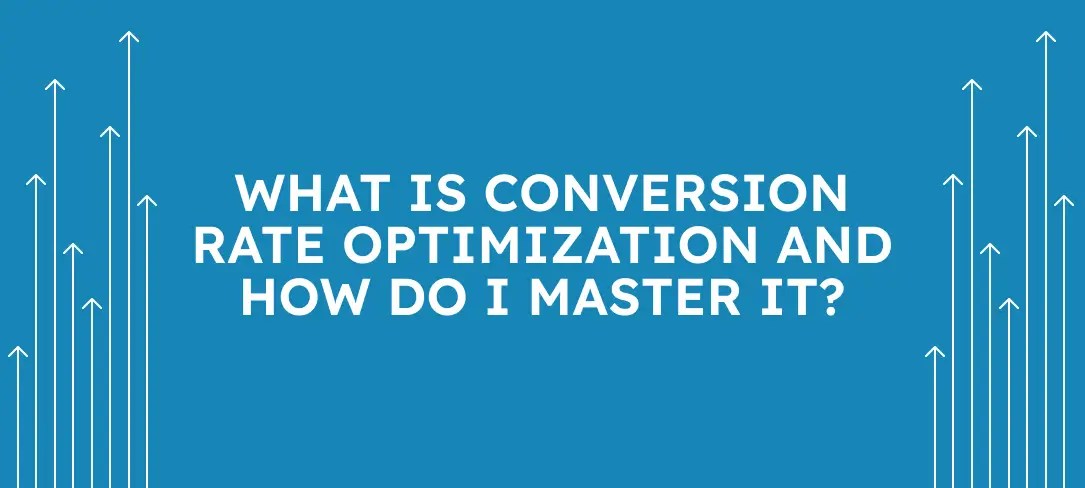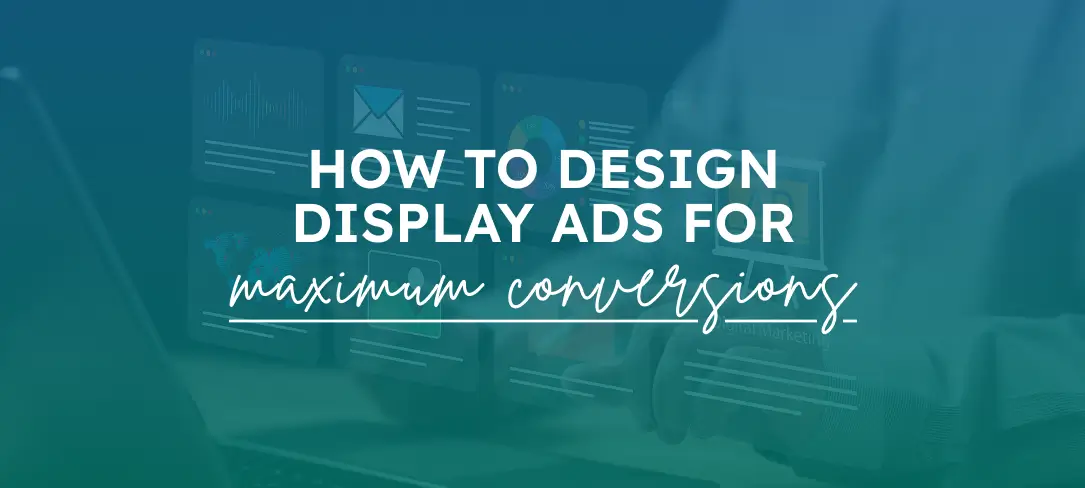When most people think about lowering Cost Per Click (CPC) in Google Ads, they focus on keyword strategy, bidding, and ad copy. But one of the most overlooked factors that can directly influence CPC, and overall ad performance, is your website’s design.
Let’s break down why the design and structure of your site matter so much for paid search success.
1. User Experience Impacts Quality Score
Google’s Quality Score is one of the main drivers of how much you pay per click. It’s made up of three core components:
Expected Click-Through Rate (CTR)
Ad Relevance
Landing Page Experience
The landing page experience is where site design plays a huge role. A clean, modern, and mobile-friendly layout with fast load times tells Google your page offers a positive experience. When users spend time on your site and don’t bounce quickly, Google interprets that as a good match between search intent and landing page content—rewarding you with a higher Quality Score and lower CPC.
2. Mobile Optimization Is Non-Negotiable
Over 60% of all ad clicks come from mobile devices. If your site isn’t optimized for mobile, users will struggle to navigate or fill out forms—and they’ll leave.
A poor mobile experience leads to higher bounce rates and fewer conversions, signaling to Google that your page isn’t helpful. The result? Higher CPCs and wasted ad spend.
Quick Tip:
Use responsive design, keep buttons large and forms short, and ensure your page loads in under 3 seconds.
3. Visual Design Builds Trust
A professional, visually appealing site makes users feel confident in your business. If your page looks outdated, cluttered, or inconsistent with your ad message, visitors may hesitate to take action—raising your cost per lead and driving down your Quality Score.
Remember: Google rewards ads that deliver on their promises. If your ad says “Luxury Property Management in Miami” but your landing page looks unfinished, you’re going to pay more per click than a competitor with a polished, relevant design.
4. Clear Conversion Paths Increase ROI
A well-designed site should guide users effortlessly toward a conversion—whether that’s filling out a form, scheduling a call, or requesting a quote.
When your design supports conversion, your conversion rate rises, and even if your CPC stays the same, your Cost Per Conversion drops significantly.
Design elements that help:
Clear, above-the-fold call-to-action buttons
Form submissions placed above the fold for easy access
Minimal distractions and clean layouts
Sticky contact buttons or forms
Trust signals like reviews, testimonials, and certifications
5. Fast Sites Win the Auction
Speed is one of the biggest technical factors affecting CPC. Google penalizes slow-loading pages with higher CPCs and lower ad visibility. Even a 1-second delay in load time can decrease conversions by up to 20%.
Use tools like Google PageSpeed Insights or GTmetrix to identify what’s slowing your site down—large images, unoptimized code, or unnecessary scripts—and fix them fast.
Final Takeaway
Your ads don’t exist in a vacuum—they work hand-in-hand with your website. Even the most strategic campaigns can underperform if the landing page experience is weak.
If you want to lower CPC and boost ROI, start by auditing your site design. Make sure it’s fast, mobile-friendly, visually trustworthy, and designed for conversion. When users enjoy their visit, Google rewards you with lower costs and higher-quality traffic.






